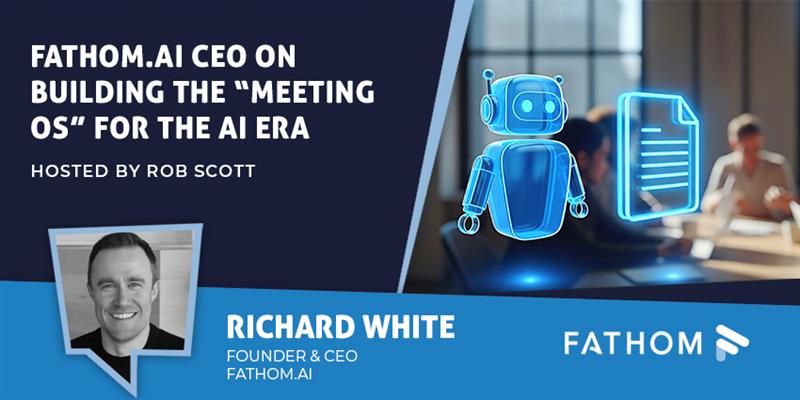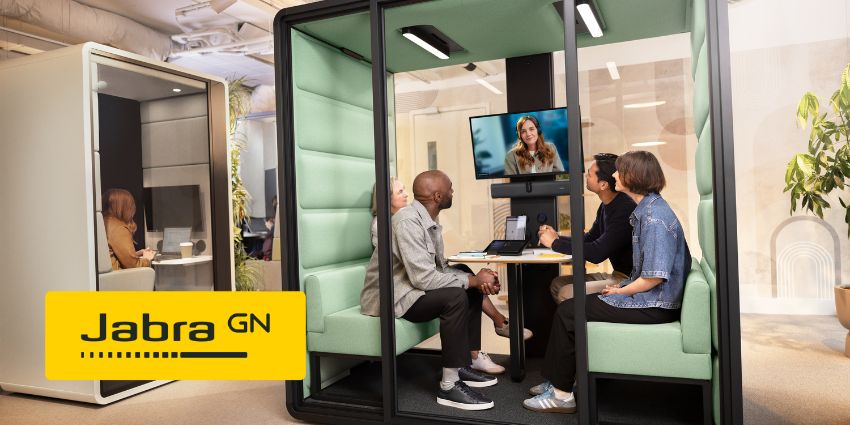The return-to-office debate has swung sharply from pandemic-era flexibility to an ascendant “hardcore” workplace ethos. Companies from startups to industry behemoths are reconsidering the office as the locus of productivity, and some in Silicon Valley are even experimenting with versions of Japan’s 6-10-10 model, six days a week and ten hours a day, or China 996 regimen (9am to 9pm, six days a week).
However, as more leaders enforce rigid metrics and penalise remote or hybrid work in the pursuit of control, some tech executives say this “control-first” culture may backfire, risking turnover, disengagement, and diminished performance.
The Return-to-Office Backlash and Why Working Six Days a Week Is Gaining Ground
In 2025, the pendulum has undeniably swung in the opposite direction of pandemic-era empathy. Leaders at AT&T, Amazon, JPMorgan, Microsoft and others are renewing return-to-office mandates, invoking collaboration, culture and discipline, not flexibility, as the antidote to presumed post-pandemic productivity woes.
Indeed, earlier this month, following an employee survey, AT&T CEO John Stankey wrote a memo to his managers in which he called workplace loyalty “dead” while outlining a pivot to a more “market-based culture” in the relationship between employers and employees, an incident emblematic of this broader shift.
Curiously, some companies, particularly startup hubs in Silicon Valley, are even flirting with iterations on the Japanese-style 6-10-10 model.
While few startups explicitly call it “6-10-10,” multiple Silicon Valley–adjacent startups are embracing the beginnings of that ethos. In the AI innovation space, the notorious 996 model has begun to take root. Wired reported earlier this summer that several Silicon Valley AI startups, including Rilla, are adopting this schedule, some even offering meals during six-day workweeks and expecting more than 70 hours per week.
While this may not mirror the 6-10-10 model exactly, it undeniably reflects its spirit: pervasive face-time, gruelling weeks, and a performance-first culture that prioritises presence over outcomes.
But as Doug Dennerline, CEO of Betterworks, cautioned, “mandating six days a week, ten hours a day isn’t sustainable. It risks driving talented people away to organisations that value flexibility. And having lived in Japan for a year, I can say the 6-10-10 model there works in a very different cultural context than it would in Silicon Valley.”
His point underscores how deeply this model is rooted in Japan’s unique social norms, and how jarringly out of place it can feel when transported unadapted to the US.
Defining “Hardcore Culture”: Metrics, Visibility, and the Illusion of Control
At the heart of this shift lies what’s sometimes called “hardcore culture”: a workplace built around visibility, output metrics, and rigid schedules rather than outcomes, flexibility, or trust.
This form of culture hinges on measuring inputs, hours at the desk, desk presence, even keystrokes or screen logs, rather than outputs. It thrives on the belief that more measurable activity equates to higher performance. Yet Dennerline argued that that mindset is fundamentally flawed.
“I don’t measure hours, screen time, or keystrokes,” he said. “I believe in work-life integration; being at work when you need to, and being with family when you need to.” He emphasised that “outcomes matter more than hours or location.” This language neatly encapsulates the tension between arguably punitive, control-first cultures and flexible, outcomes-driven alternatives.
Why Metrics-First Strategies Can Be Self-Defeating
The allure of control via metrics is understandable but comes with steep trade-offs in practice. Dennerline warned, “They’re going to see turnover. Honestly, maybe some companies even want that. It’s an easy way to reduce headcount without formal layoffs. But the reality is that their best people will be the ones to leave. Those who underperform will stay hidden in the system, while high performers move on to organisations that respect flexibility.”
Business Insider also reported this dynamic, highlighting changes to performance reviews, compensation structures, and RTO policies that appear designed to encourage voluntary attrition. Notably, Owl Labs’ 2024 State of Hybrid Work Report found that nearly half of knowledge workers would quit their jobs over full-time office returns.
It’s a sobering reality that while companies steel themselves for talent churn, the emotional and cultural cost can erode morale. Gallup surveys underscore this pain. As of early 2025, only 31 percent of workers feel engaged, a dramatic fall from pre-pandemic highs, especially among Gen Z, who remain disconnected and underserved by one-size-fits-all cultures.
That has resulted in the rise of task masking, where workers adopt behaviours such as loud typing to appear busy without necessarily being productive. Meanwhile, it’s also likely facilitating the latest workplace trend, as identified by Forbes, of “quiet cracking”, a subtle form of employee disengagement defined by ongoing dissatisfaction and stagnation, leading to deflated productivity and morale.
This approach also derails trust in leadership. Dennerline noted the danger of metrics replacing meaningful management: “If leadership reduces performance to hours in the office, it undermines managers and the value of how they lead and support their people.” Trust, after all, is the foundation of retention and innovation.
A Better Way: Tools and Models That Empower, Not Coerce
Of course, there are alternatives to rigid “hardcore” practices, which increasingly revolve around progressive approaches to performance management. Dennerline’s Betterworks is an employee experience software business and platform that emphasises continuous goal-setting, regular check-ins, and real-time feedback rather than annual reviews.
“Our platform isn’t once-a-year or twice-a-year performance reviews; it’s forward-looking,” Dennerline explained. “It’s about quarterly goal setting, mid-quarter check-ins, one-to-ones, and giving instant feedback that’s relevant and actionable, often assisted by AI. Everyone can see goals transparently, so when people hit their goals, the company hits its goals.”
This shift reflects a wider trend. Firms like Workday, 15Five, and Culture Amp have all advanced similar continuous performance models, with global enterprises such as Google, Unilever, and Accenture adopting them to boost engagement and retention. The focus is on coaching and clarity, not presenteeism.
As Dennerline put it, “people want to feel seen, supported, and encouraged,” and platforms designed for growth can make that possible.
On a broader scale, the hybrid model, guided by guardrails and focused on outcomes over seat time, has seen an inverse blossoming to the RTO push since the pandemic. Citigroup cleverly uses two days-a-week remote work as a competitive recruiting advantage, for example. These strategies respect global talent pools, emphasise well-being, and generally avoid alienating younger generations.
Dennerline underscored that, too: “For me, the biggest lesson from COVID was that location no longer matters.… I realised I could find better talent globally.… As a side benefit, our turnover has been below 5 percent over the past four or five years, even during the Great Resignation when other companies were losing 25–35 percent of staff.”
Charting a Progressive Path Forward
So how do C-Suite and tech leaders move beyond the trap of “hardcore”?
First, adopt outcome-oriented metrics. Measure impact, project completeness, and client feedback, not time logged or face-time in the grid.
Second, invest in continuous performance platforms. As Dennerline outlined, AI-enabled tools that support check-ins and feedback help shift culture from coercion to coaching.
Third, embed hybrid-first, inclusive work norms. Offer flexibility with meaningful office engagement, designing real spaces for team connection, not surveillance.
Fourth, work-life integration should be cultivated, not balanced by default. Recognise that employees juggle lives and prefer fluidity: “being at work when you need to, and being with family when you need to,” as Dennerline put it.
Finally, build trust and narrative. Don’t signal mistrust with control. Instead, empower frontline managers and frontline talent to own their contributions and collaboration.
Key Takeaways
The resurgence of hardcore, metrics-driven return-to-office regimes may feel like a power play. In reality, it risks forfeiting the very talent and innovation it aims to retain. As Dennerline described it, “outcomes matter more than hours or location.”
C-Suite and tech leaders have an opportunity to lead not with rigidity, but with purpose, by adopting flexible metrics, hybrid empowerment, and platforms designed for human flourishing.







